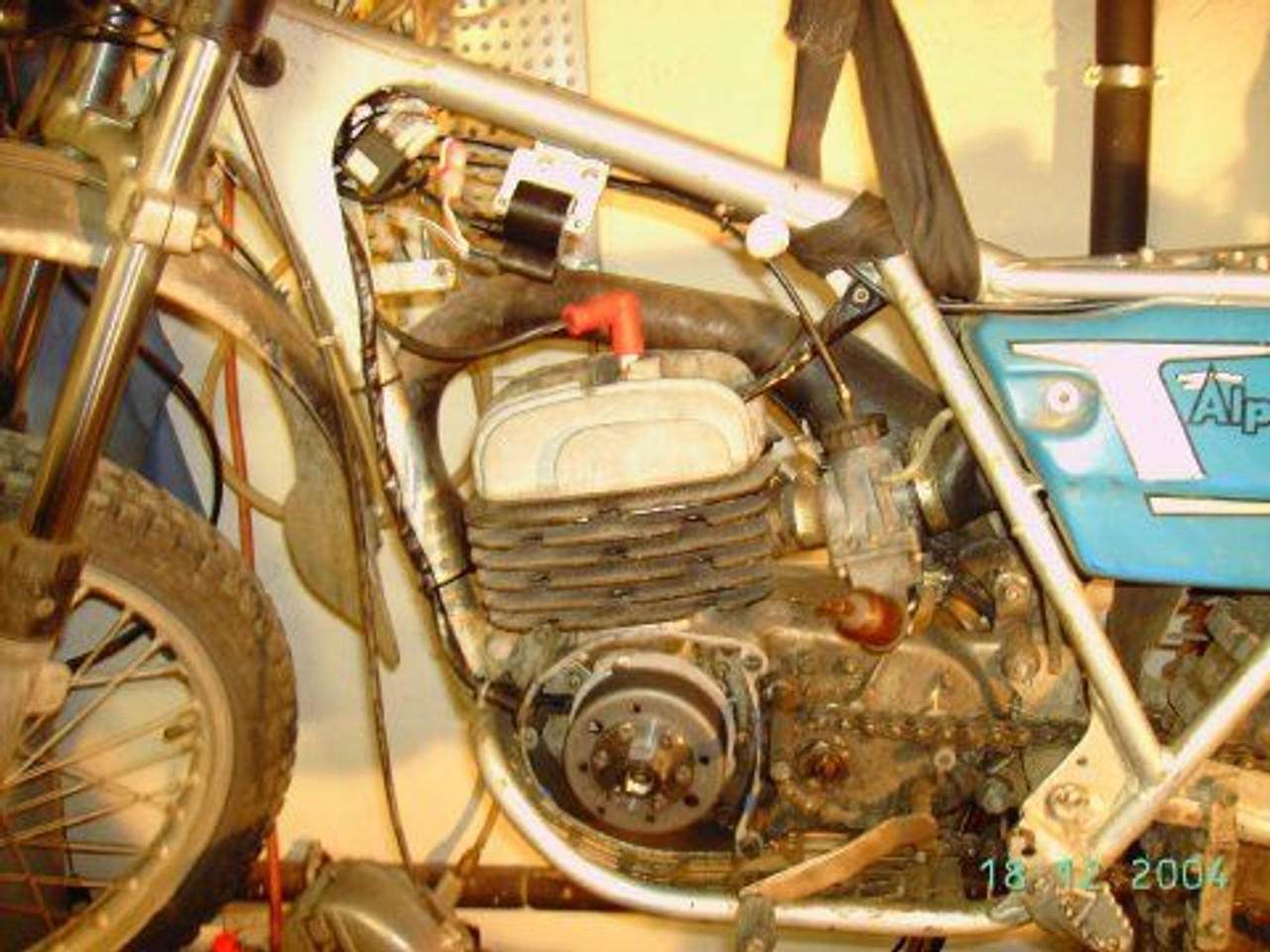

The rules to qualify as a vintage bike is the bike need to be a 1974 or older bike. No thesis.My need to identify design changes from the 115/116 Alpina and later models are because I'm going to race an Alpina big bore in vintage harescrambles.
#BULTACO PURSANG DIAGRAMS FREE#
M165 & 187 250 models appear to have the shorter 158 style Sherpa frame, with wheelbase specified as 50”, whereas 166, 188, & 212/213 models have the longer 159 style frame, with wheelbase specified as 51.6”.īultaco brains trust, feel free to correct it where required They were said to have gone back closer to the Sherpa, but maintained the Pursang triples & Matador/Frontera gear ratios. Forks, triples & wheels look to be about the only things in common with earlier Alpina’s. These are similar frames to the 158/9 Sherpa’s and very different bikes to the early Alpina’s. Later models (165/6, 187/8 & 212/3) had completely different frames, swingarms, tanks, shocks etc to the earlier Alpina’s, with rear engine mount bracket hung from swingarm pivot. My 137 engine has square barrel & head & duplex primary drive. Left side shifter, right side brake, Mk8 pursing rear hub (chrome-lined), one-piece header/mid-box, boomerang/clubfoot rear silencer, sidestand attached to swingarm (instead of frame), new swingarm (20mm longer?) with what appears to be lugs for passenger pegs. M137/138 – much lighter Cro-mo frame, said to be 8 lbs lighter very thin gauge which fractured everywhere, despite extra gussets/tubes under the airbox. 350 engine had 64mm stroke, bigger crank (wider and larger dia), different crankcases to suit & diff stud spacing from earlier 325 engine (if I recall correctly). I’m lead to believe the fork-tubes are longer than Sherpa ones too but not sure when this occurred. On these models the rear central-downtube was recessed for the swingarm pivot (like the equivalent model Sherpa) which I believe enabled the engine to be mounted about 15mm further back. New longer seat slightly new colour scheme. Dual gusset (folded over) at steering head. No angular offset in triples (which is why these & later Alpina’s steer so differently to Sherpa’s) with 20mm less overall offset. Pursang alloy triples & non-tapered fork-tubes to suit. Stepped gusset at swingarm pivot a la late M91/2 Sherpa.

Airbox on right side (somewhat like M107 SD Matador) under removable cover. Top shock mount moved rear-ward (on bracket behind the rear frame tube). Frame seemed lighter, perhaps thinner gauge but still mild steel. M115/116 – extra frame tubes above swingarm pivot (like late M91/92 Sherpa). M99 – 325 version with square barrel & head, 60mm stroke. Not sure if they used the longer Pursang footpegs or shorter Sherpa pegs.

Late ones had recessed swingarm pivot (like early M91/2 Sherpa) & weld-on footpegs & the swingarm was slightly diff to match the recessed pivot. Some had high-mounted front guard (early?), some low-mounted (late?). Alloy top triple, steel bottom, with built-in angular offset (a la Sherpa). Tapered fork-tubes (at top triple clamp). Single gusset at steering head (on centreline of tubes).

#BULTACO PURSANG DIAGRAMS FULL#
Full width 125mm dia front hub, mud-catcher alloy rims, round barrel & head, bolt-on footpegs, 2-piece header & midbox, triangular rear muffler. M85 – near identical to M80 Sherpa, but with Matador gear ratios, longer seat & larger tank. Out of curiosity, can I ask why you need such a large amount of information? Are you restoring multiple Alpinas or writing a thesis on Bultaco Alpina frame geometry ?įor what it's worth, I've had a go at summarizing the changes that I've gleaned over the years:


 0 kommentar(er)
0 kommentar(er)
